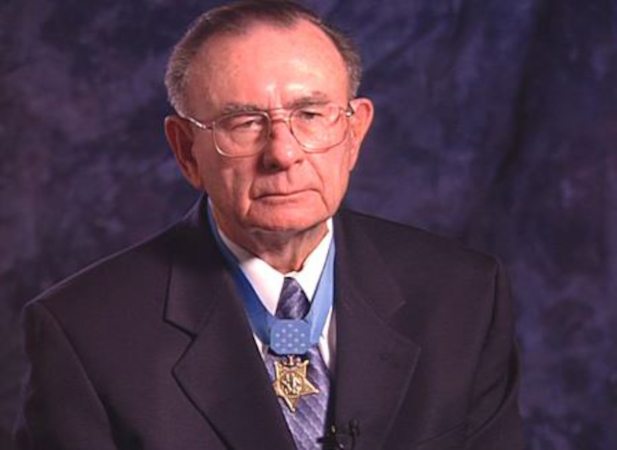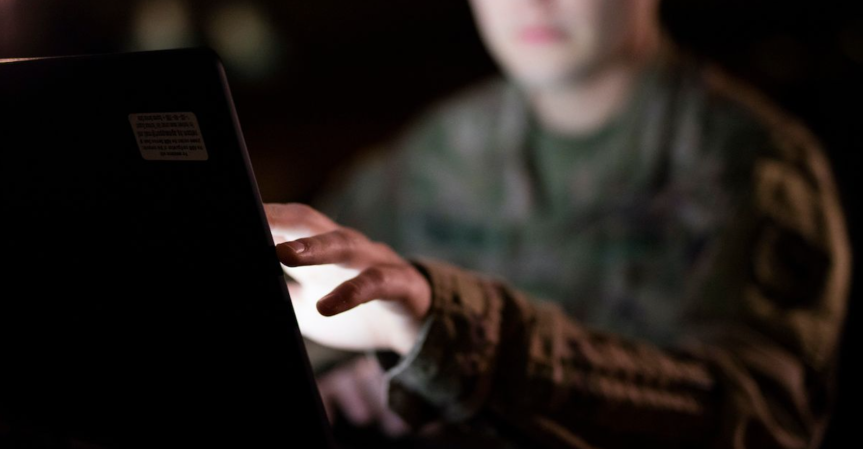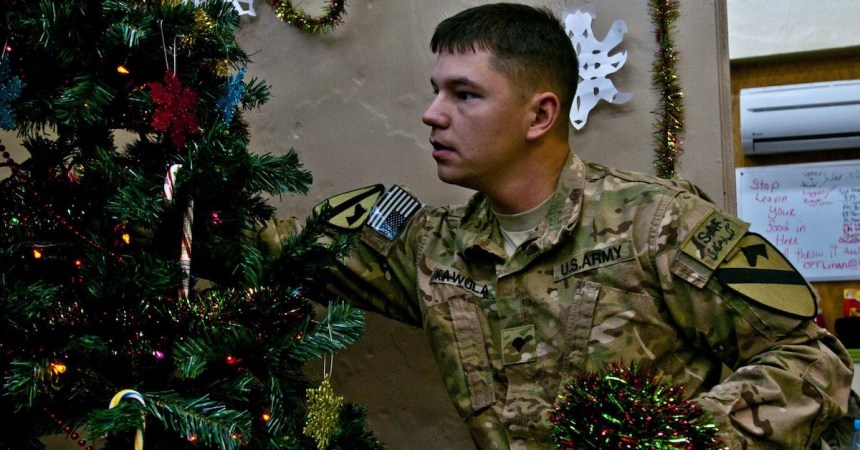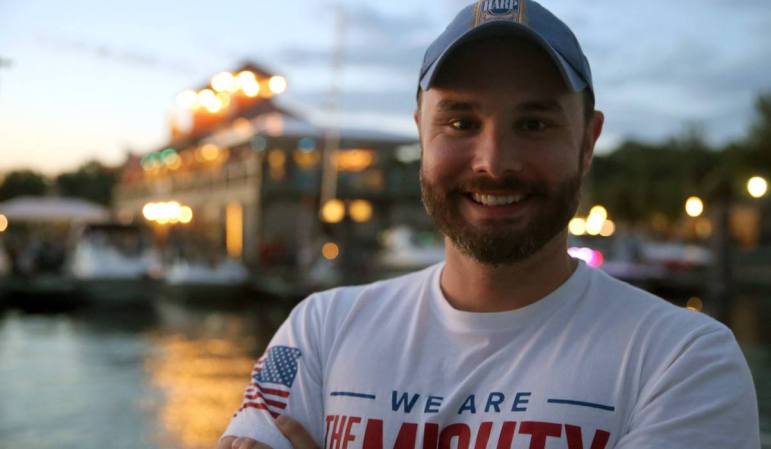Identifying the remains of fallen soldiers from the Korean War is a long and arduous process. Given that it’s been sixty five years since the war ended and the North Koreans weren’t too keen on keeping the bodies labelled, it’s an extremely challenging — but not impossible — prospect.
But each passing year makes the challenge that much greater. Between the years 1990 and 1994, over 400 remains were repatriated back to the United States and, last month, we saw the return of 55 more. There have been many success stories within the identification process over the years, but it takes time.
The DPAA Laboratory at Hickam Air Force Base, Hawaii, is the first U.S. stop for returned remains. The base is home to the largest and most diverse skeletal identification laboratory in the world, staffed by more than 30 anthropologists, archaeologists, and forensic odontologists, according to a United Nations Command release.

Any idea who or what you’re looking at here? Didn’t think so.
(Researchgate.net)
DNA remains one of the best tools for identification — but there is a downside. DNA matching doesn’t exactly work like many people believe. A sample profile looks something like this:

My hopes are that the family of Charles McDaniel has found peace.
(Department of Defense)
Without anything to compare it to, you’re just looking at a complex graph. The Department of Defense only starting keeping a library of service members’ DNA after 1991.
As morbid as it might sound, one thing that DNA evidence can catch conclusively is whether the remains are even human. The remains of British Royal Air Force Flight Lieutenant Desmond Hinton were set to be returned to the UK in 2011, but analysis concluded that the North Koreans gave the family back the bones of a dog instead. It is unknown at this time how many of the returned remains were not those of a human.
There is workaround in the case of unregistered DNA, however. A fallen service member’s DNA may still be floating around this world within their relatives. Children and siblings make for the easiest comparisons, but that process can only be done if there’s a way to connect the remains to living family or descendants — you can’t just go testing at random.
Remains that have been kept with their dog tags are, of course, much easier to identify. Given the name of the deceased, it becomes easier to track down anyone who may be a DNA match with the fallen. Bones are analyzed and the DNA is compared to that of the living relatives. If they’re a match, the family can get closure.
Unfortunately, there was only one set of dog tags returned and it still hasn’t been announced whether a successful match has been found.

For his efforts, he was awarded the Silver Star in 1996.
Another way of identifying a potential match for DNA testing is by comparing the list of the missing troops of a given battlefield to where the North Koreans believed that they found the remains. This is how many of the remains were accounted for after being transferred as part of 1954’s Operation Glory, during which both sides exchanged remains in accordance with the ceasefire treaty. But nearly all of the remains that were withheld were not found on the battlefield, but rather in a prisoner of war camp. The North Koreans have kept the existence of such camps very secretive, along with any associated headcounts or rosters. To date, there has only been one written record of Allied lives lost behind enemy lines — and it was a secret list, penned by Private First Class Johnnie Johnson.
Pfc. Johnson was a prisoner of war held captive by a North Korean major known only as “The Tiger.” For lack of a more polite word, it was a grueling hellhole that held over 700 American prisoners of war. The young Johnson risked his life every day by keeping an accurate record of every single troop’s name, rank, unit, hometown, and date of death if applicable. He was only one of 262 to walk out of that camp alive.
He managed to bring the list back hidden inside a tube of toothpaste. The “Johnnie Johnson List” of those held at The Tiger’s Camp came to light in 1995 and has been instrumental in the identification of the 496 remains.
The process of identifying these new remains will take a long time. The remains of 1st. Herman Falk were positively identified this week and plans are being made to honor the fallen soldier with a proper funeral. It should be noted that his remains were repatriated back in the 90s — and that the positive identification of others may take just as long. But the work won’t stop until each set of remains has been paid their just diligence.










